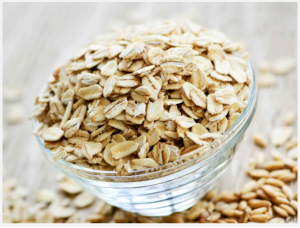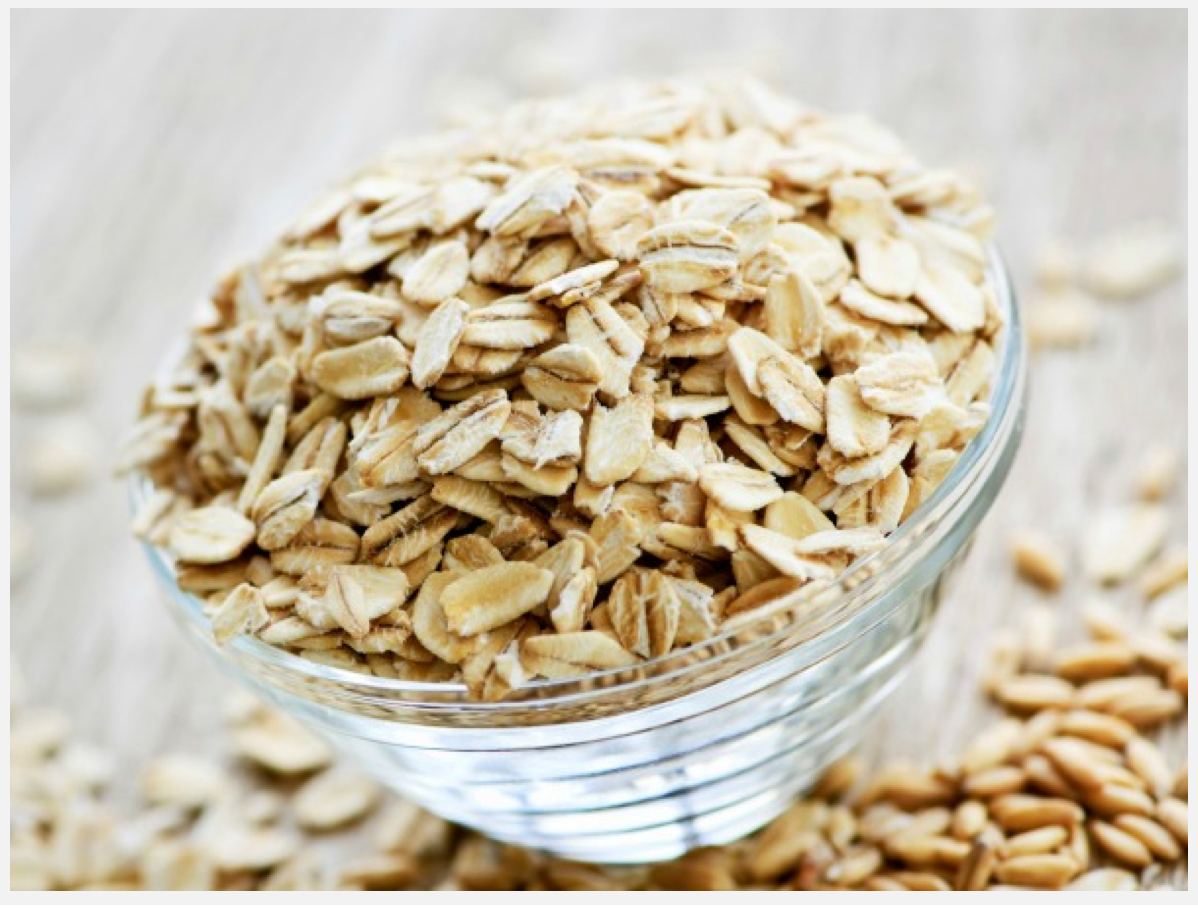 When it comes to fiber, “The real problem is we don’t know we have a problem,” says Julie Miller Jones, Ph.D, LN, CNS, professor emeritus at St. Catherine University.
When it comes to fiber, “The real problem is we don’t know we have a problem,” says Julie Miller Jones, Ph.D, LN, CNS, professor emeritus at St. Catherine University.
I couldn’t agree more.
On any given day, 30%-50% of my clients are constipated—which most often corresponds to fiber intake. Add to that the number of parents who realize during our visits that they too must be lacking fiber.
An article posted on Science Daily recaps Dr. Jones’s recent symposium at IFT15: Where Science Feeds Innovation hosted by the Institute of Food Technologists (IFT) in Chicago. Research shows that Americans have fallen significantly short of fiber requirements, 38 grams for men and 25 grams for women. Men typically get around 18 grams and women get around 15 grams. Yikes!
Naturally fibrous foods are crucial to digestion, as well as maintaining overall health. It’s abundant in many fruits and veggies, as well as beans and whole grains.
The good news is that the solution to low fiber (and thereby constipation) is simply to eat more fibrous foods and less processed foods. The bad news, as you know, is that change is hard.
Starchy (and therefore constipating) Foods
White flour
White rice
Cereal that’s not whole oat, bran or whole wheat
Pasta
Pizza crust
White refined sandwich buns
Fibrous Alternatives
Old fashioned oats
Barley
Whole wheat
Rye
Flax
Brown rice
Quinoa
Fruits and veggies
Try these 3 ways to increase fiber intake:
- Eat more fruits and veggies: Dark colored vegetables, like carrots, beets and broccoli typically contain more fiber. Exotic fruits, apples (especially the peels) and oranges are full of fiber.
- Add beans: You can add beans to so many dishes: pastas, lasagna, stir fry and stews. Try white beans or cannellini beans to add the fiber without a lot of “bean” flavor.
- Eat soup: Okay, so it’s hot right now. But normally, soup is a great way to eat a lot of fibrous vegetables and beans.
- Stick to whole grain starches: If the starch ain’t brown, it’s gonna struggle getting down! This is especially important with breakfast. Cereals like Rice Krispies, Special K and of course sugary cereals are mostly made of simple starches that clog up the system. Try whole grain oats cereals like Cheerios, steel cut oats or granola.
Institute of Food Technologists (IFT). (2015, July 13). Consumers should seek a variety of fiber sources to get the maximum health benefits. ScienceDaily. Retrieved July 21, 2015 from www.sciencedaily.com/releases/2015/07/150713144126.htm


